Death can be a morbid and solemn subject in many cultures, but in Mexico, it's a cause for celebration — at least for two nights a year, SIA reports citing AFP.
From November 1-2, people throughout the country deck their homes, streets and relatives' graves with flowers, candles, confetti and colourful skulls for the Day of the Dead.The traditional festival honouring the deceased centres around the belief that the living and the dead can commune during the brief period.Known for its bright colours and elaborate, cartoonish skeleton costumes, the festival has become a popular symbol of Mexican culture around the world.The Day of the Dead, which is widely considered to be Mexico's most important festival, is rooted in the indigenous Mexica culture, mixed with Christian superstition brought by Spanish colonisers.The Mexica were the dominant indigenous population in pre-Hispanic Mexico.
The modern celebration is based on a Mexica legend that after death, they travelled through the nine regions of the underworld, known as Mictlan.
According to Octavio Murillo, heritage director at the National Institute of Indigenous Peoples, a person's "final destination was determined by how they behaved in life."The ancient pagan tradition has since developed into a modern festival."It's a celebration with many years of history, to which indigenous peoples have incorporated new religious elements from Christian tradition, such as the gathering of offerings," said Murillo.Millions of Mexican families set up altars on which they place the personal belongings of the dead and adorn them with the intensely orange Mexican marigold flower and confetti in the shape of skulls.
'Part of our identity'
The Mexico City government organises various activities for the festival, which in 2003 was added to the UNESCO Intangible Cultural Heritage list.This year, the festival began with a massive parade of "Calavera Catrinas" — the iconic cartoon skeleton wearing a European-style hat — and ended with an offering at the Chapultepec Forest.Catrina, who was created by cartoonist Jose Guadalupe Posada in 1910, was a satirical dig at indigenous people who tried to mimic colonial culture.She has since been adopted as the embodiment of the Day of the Dead.In his book "The Labyrinth of Solitude," Mexican author Octavio Paz, who won the 1990 Nobel Prize in Literature, wrote that "the Mexican is familiar with death, jokes with it, caresses it, sleeps with it, celebrates it."
Bütün xəbərlər Facebook səhifəmizdə


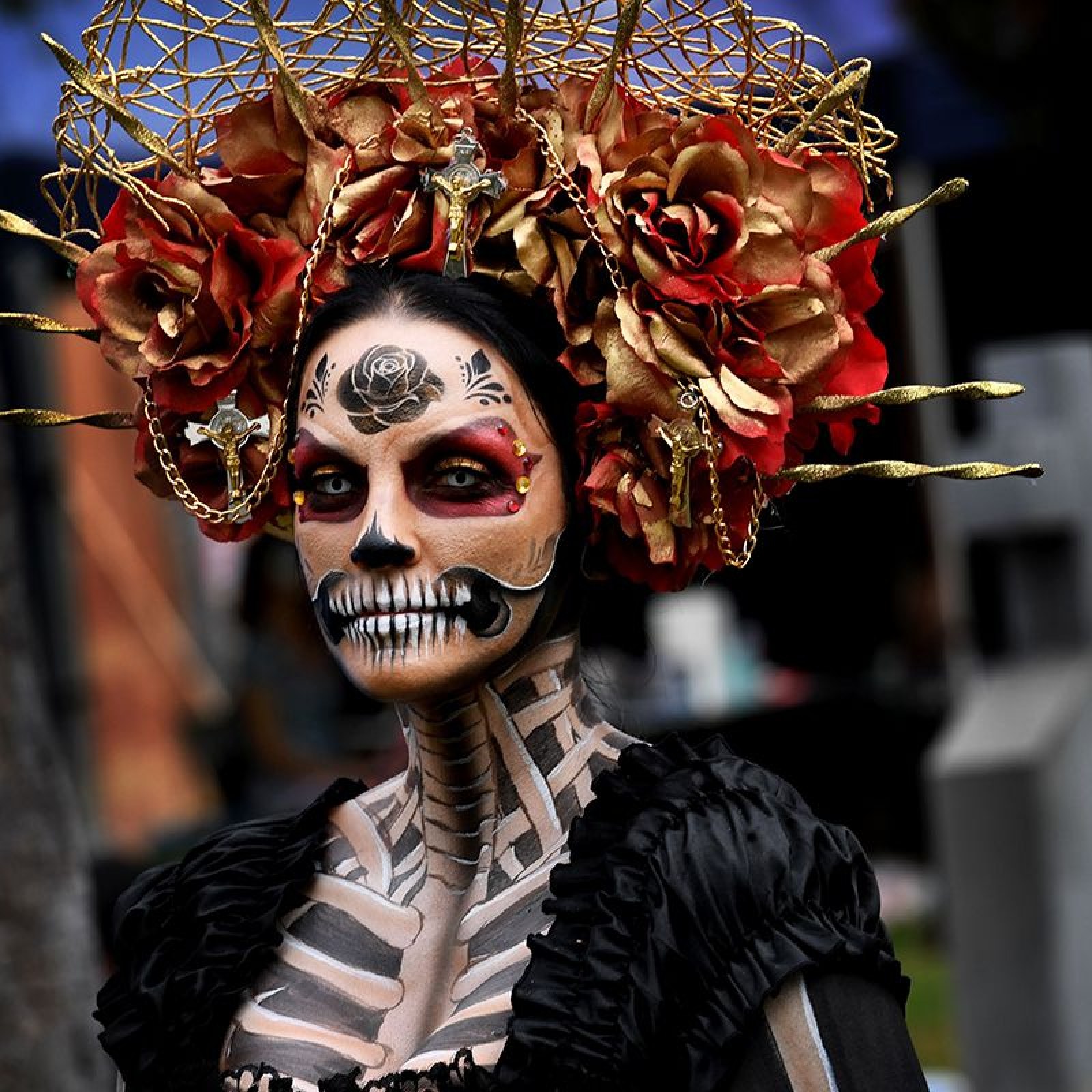
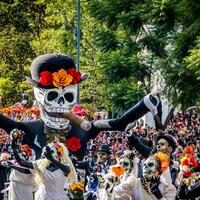
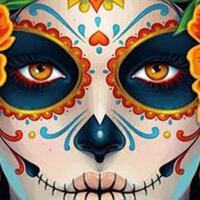
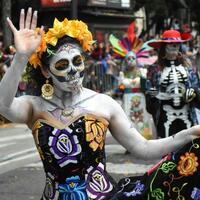
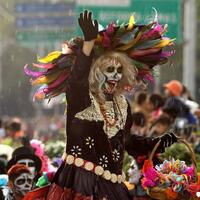
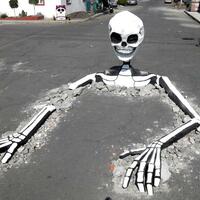
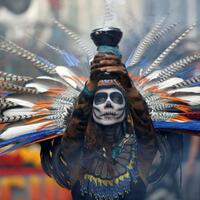
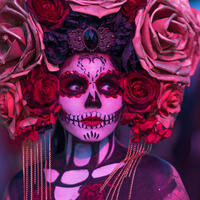
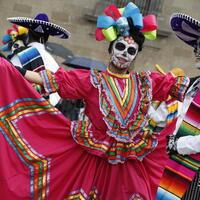
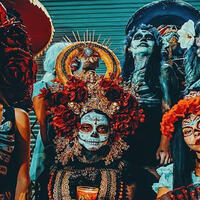
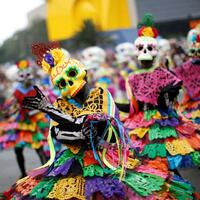





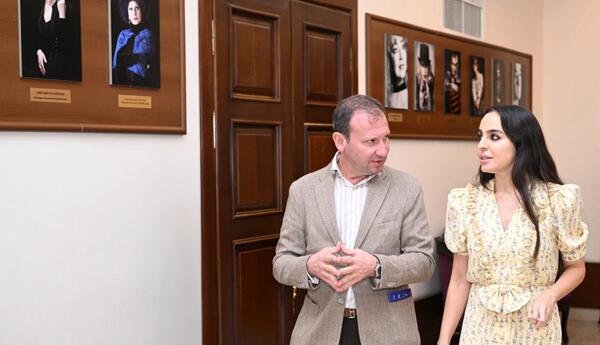

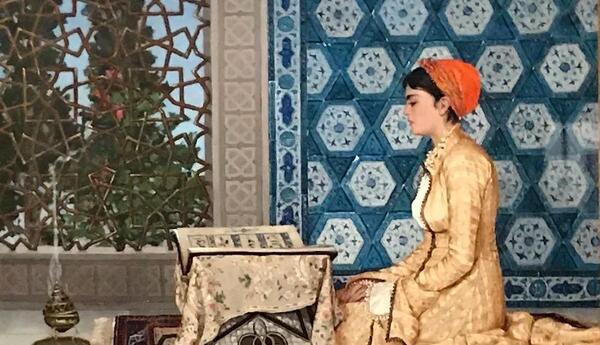
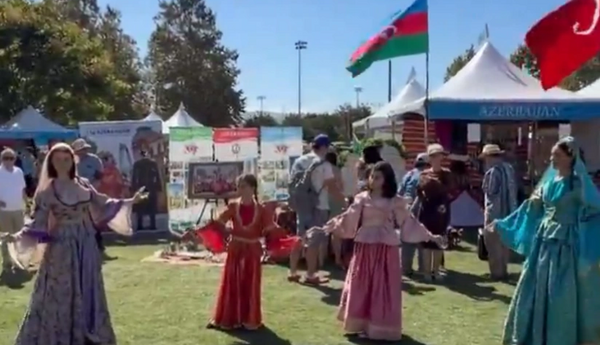
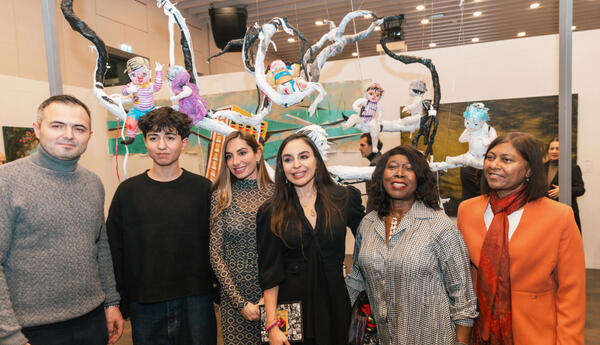


















 USD
USD
 EUR
EUR
 GBP
GBP RUB
RUB
